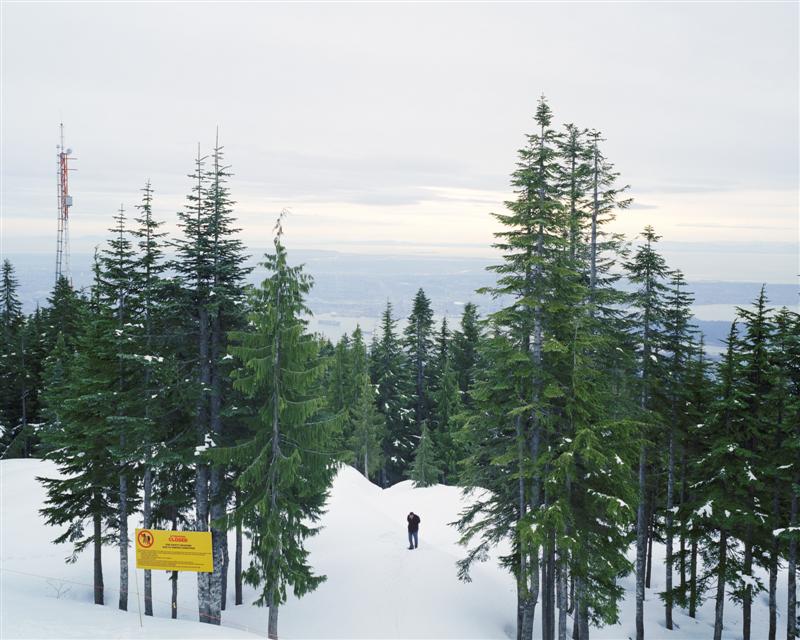Donna J. Wan, Menlo Park, California, USA
Donna J. Wan was born in Taiwan and lives in the San Francisco Bay Area. She received her BA from Stanford University and MFA from the San Francisco Art Institute. Her work has been shown at numerous venues including the New Mexico Museum of Art, RISD Museum of Art, Klompching Gallery???????, Gallery 1401 at the University of Arts, and Gallery Carte Blanche. She was a Magenta Foundation Flash Forward 2007 Emerging Photographer, an ArtSeen 2008 Emerging Artist, and a 2012 Critical Mass Top 50 Finalist and nominated for PDN’s 2013 30 New and Emerging Photographers to Watch. She is has won several rewards, including the CENTER’s 2012 Project Launch Honorable Mention, 2012 APA/Lucie Foundation Scholarship grant, CENTER 2013 Gallerist’s Choice Award 3rd Place, and 2013 Kolga Award.
Her work has been published in Fraction Magazine, Flak Photo, Lenscratch, Forward Thinking Museum, Time Out, Conscientious, PDN and La Journal De La Photographie and written about by W.M. Hunt and Virginia Heckert. In 2009, she was awarded an artist residency at The Center for Photography at Woodstock and was invited by Catherine Opie to lecture at UCLA. Her work is in the collection of the Pulitzer-Prize winning author Richard Ford, artist Thomas Kellner and the Pilara Foundation.
“Anti-Portraits”
I began this project with this question in mind - how does the landscape shape identity? Over the last few years, I have made pictures of the natural world that has been altered by man in some way or another – from subtle incursions to a near complete annihilation of it. While people were present in some of my previous work, I was concerned more with the evidence of their intervention – roads, buildings, bridges, cars, planes, ships, etc. They were there in spirit but not in actuality.
In this new body of work, people have become the focus of my landscape photographs. By investigating how others relate and react to the landscape, I am still trying to understand my own relationship to it. Yet I have intentionally shot my photographs of people from behind, in shadow or at a scale where it is difficult to obtain a clear read of their faces. These photographs are my “anti-portraits” because they are not about the individual identities of the people being portrayed but about the viewer's ability to project him/herself into the picture and experience the landscape vicariously. In Germany, they call this visual phenomena “Rückenfigur,” a technique pioneered by Casper David Friederich in his 19th century romantic landscape paintings.
However, I don’t think I am finding a simple answer to the question I posed to myself at the beginning of this project. Instead I have been coming to the conclusion that identity doesn’t consist solely of characteristics that we can easily name, define or categorize such as race, gender, age, sexual orientation, height, weight, or even location. I believe a large part of who we are stems from intangible experiences that are part- lived, part- perceived and part- imagined. And the landscape, especially representations of it, is one vehicle through which this happens. How we navigate through and experience the landscape informs us of who we are - both collectively and individually.
This project began in 2009 and is ongoing. None of the photographs in this series were staged. I am not acquainted with any of the people represented. Nor did I speak to or interact with any of them during the shooting process.

Virginia Heckert about Donna J. Wan
"Donna Wan's In the Landscape project successfully borrows a tradition from landscape painting, that of 19th-century Romantic painters' introduction of a figure seen from behind to lead the viewer into the scene, to depict a wide range of vacation and leisure destinations. Elevated vantage points and less-than-ideal lighting conditions introduce distancing elements that underscore the investigative nature of her observation of individuals interacting with the landscape." In the Juror's Statment of Review Santa Fe, Virginia Heckert, Associate Curator, J. Paul Getty Museum, 2012.
Bill Hunt about Donna Wan
"Donna J. Wan does literally put us “In the Landscape.” How we look or how we see is at the heart of this work. Man’s presence is important in this work because it provides us with a sense of scale, the way in which we are dwarfed by the enormity of Nature. She gets it right. Seeing from the photographer’s distant point of view we share that smallness, like little specks of humanity, flies on the wall … of a mountain". - W.M. Hunt, 2012








